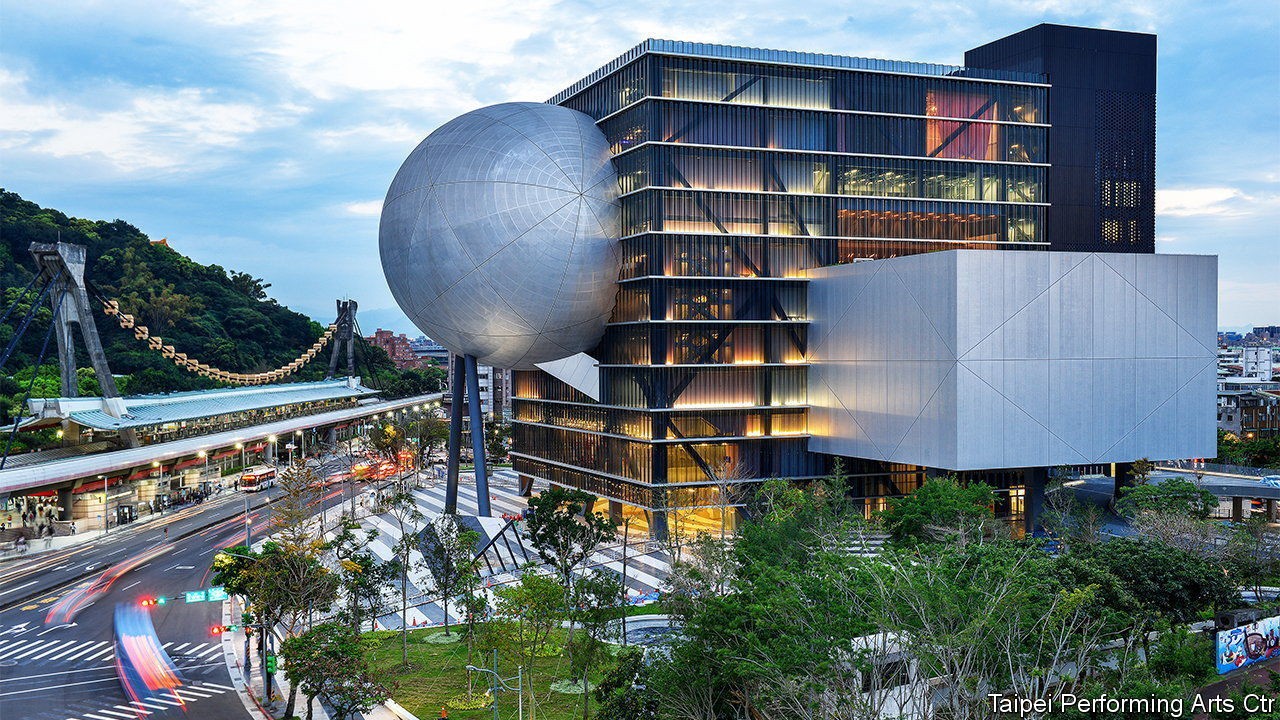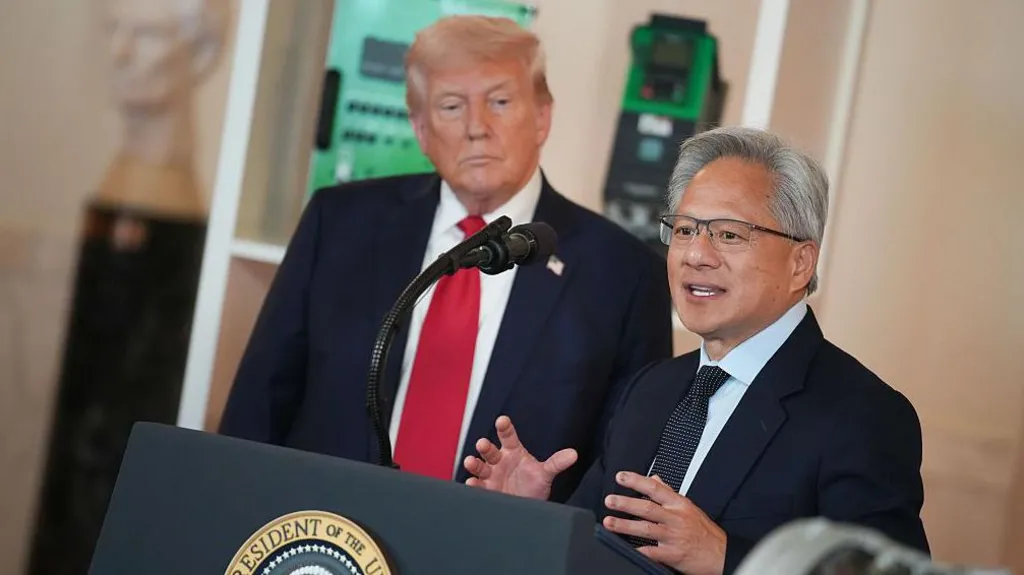The Taipei Performing Arts Centre is a stage for free expression
As the People’s Liberation Army staged a fourth day of military drills around Taiwan, the self-governing island which China claims, theatrics of a different sort were unfolding in the capital, Taipei. The story of Xuanzang, a Chinese Buddhist monk who embarked on a 16-year pilgrimage from China to India in the seventh century was being acted out in “The Monk from Tang Dynasty”. Directed by an acclaimed film-maker, Tsai Ming-liang, the imaginative, avant-garde interpretation of the Chinese epic was appropriate to the setting: the Taipei Performing Arts Centre ( tpac ), a futuristic complex inaugurated on August 7th.
The monumental centre stretched the limits of patience—it took a decade to build—and the city government’s coffers. (The final cost of 6.7bn Taiwanese dollars, or $220m, was nearly double the initial budget.) But the final result is remarkable and burnishes Taiwan’s cultural image on the international stage.
The opening slate of 37 productions showcase the breadth of Taiwanese culture. Classical acts, such as that of Wei Hai-min, a skilled performer of Peking opera, a traditional Chinese art form, feature alongside more adventurous dance and theatrical sequences. Bulareyaung Pagarlava, an indigenous Taiwanese choreographer, unveiled a new dance piece inspired by the music and dance of the island’s Ayatal tribe. Tun-ye Chou’s “Gazing, In the Mist” is an exploration of queer desire that fuses virtual reality with theatre.
By courting topics such as homosexuality and indigenous practices, the programme celebrates Taiwan’s vibrant society and asserts the island’s democratic values and global influences. Austin Wang, tpac ’s chief executive and a distinguished set designer, describes Taipei as a “lighthouse” in the Chinese-speaking world where people are still free to create. Since the Chinese Communist Party’s clampdown in Hong Kong, Taipei has become “even more important. We need to hold that final frontier,” he adds.
That Mr Tsai’s show was selected to formally open tpac reflects Taiwan’s complicated relationship with China. Though the politics of the two countries are different, they share a language, Mandarin, and most Taiwanese have ancestral ties to the mainland. Aspects of traditional Chinese culture, such as folk religion, flourish in Taiwan; of 1,000 Taiwanese people surveyed by the Brookings Institution, an American think-tank, last year, more than half saw similarities between Taiwanese and Chinese culture.
The brainchild of two famous Dutch architects, Rem Koolhaas and David Gianotten of oma , tpac ’s atypical design was inspired by a Chinese wood block puzzle. A flexible, modular structure allows it to accommodate the widest possible range of performance styles. Three auditoriums protrude from the main building, two of which can be merged to create a “super theatre”. The resulting 60m-long stage is suitable for large-scale, ambitious works.
The other venues are more intimate: the spherical “Globe Playhouse”, which cantilevers impressively off the central cube, seats 800 people (pictured, above). The foyers can be refashioned to host productions. Mr Pagarlava, the choreographer, thinks the opportunity to perform in smaller spaces will encourage artists to find new means of creative expression.
The intention was to make theatre more accessible. By elevating the auditoriums so that they float above the Shilin night market, a part of Taipei which has so far resisted gentrification, the idea was to avoid detracting from the surrounding streets, Mr Koolhaas explains. The centre’s spartan ground level feels more like a metro station than a state-of-the-art institution.
A walkway, which costs 150 Taiwanese dollars to enter ($5), runs throughout the building and features windows that look into backstage areas, rehearsal rooms and technical spaces. Similarly, passengers passing by on the metro can watch rehearsals in the upper levels through the corrugated glass exterior. “It is designed to expose the production of art,” Mr Koolhaas says.
Taiwan is now home to a trio of modern performing-arts venues spun out of eye-catching designs drawn by prestigious architects. A vast centre known as Weiwuying opened in the southern city of Kaohsiung in 2018. Two years earlier, a curvaceous opera house in central Taiwan, the National Taichung Theatre, officially welcomed audiences. Together, they position Taiwan as a hub for world-class culture and creativity.
Last week’s trip to Taiwan by Nancy Pelosi, the first speaker of America’s House of Representatives to visit the island in 25 years, riled China. But it did little to change the fact that Taiwan lacks international support for its claims of sovereignty; only a dozen or so countries have diplomatic links with the island. Yet Taiwan can freely connect with other countries through the arts. Commissioning the world’s best architects to work on high-profile projects is one way of doing that. ■











